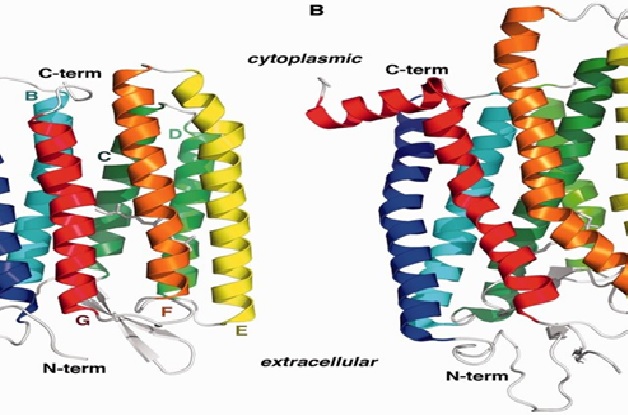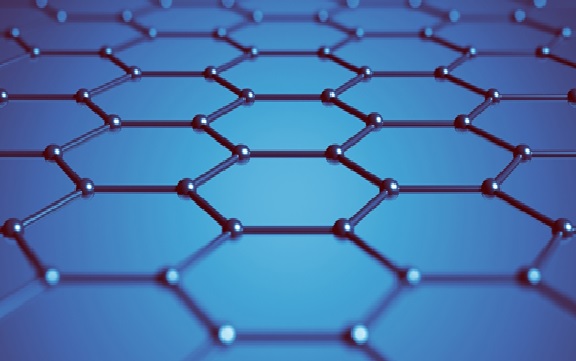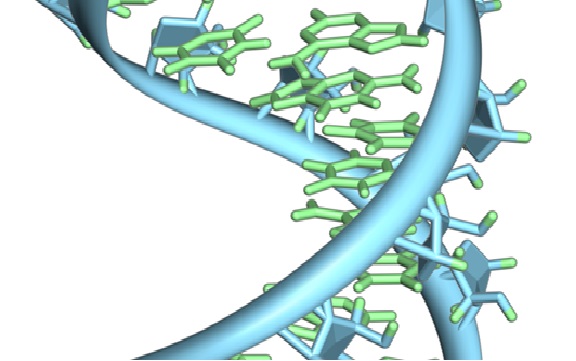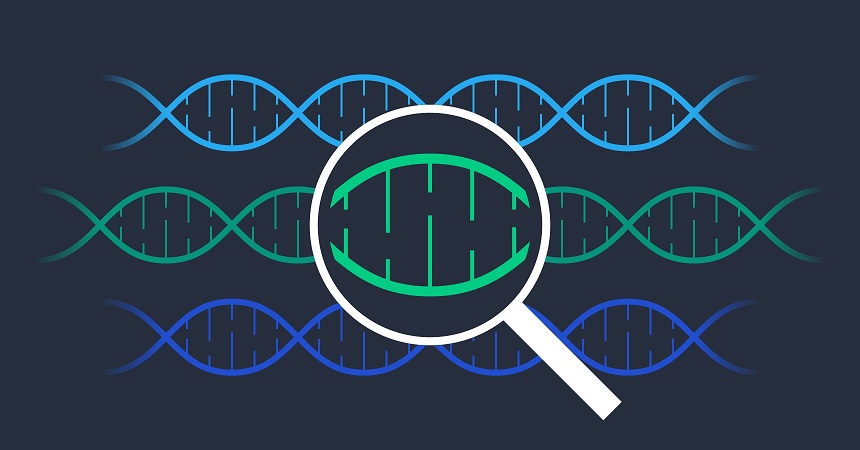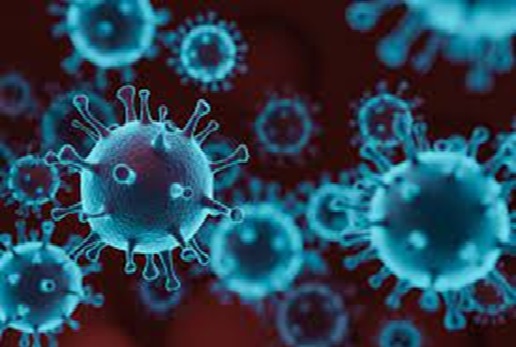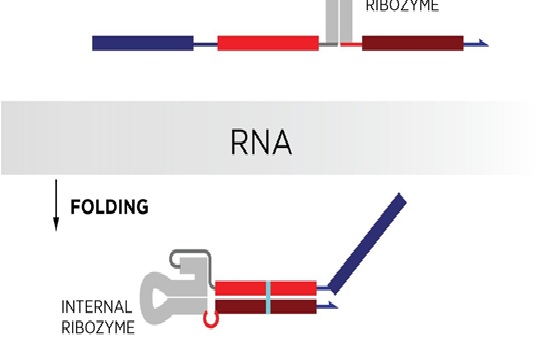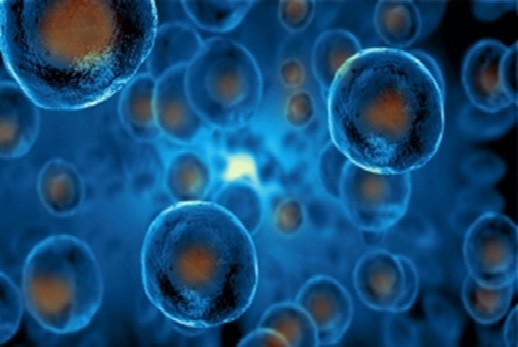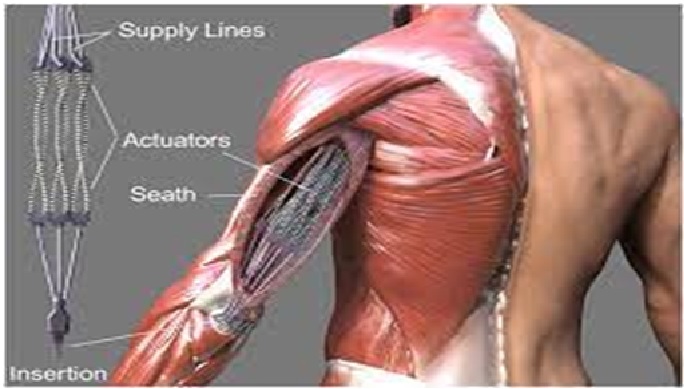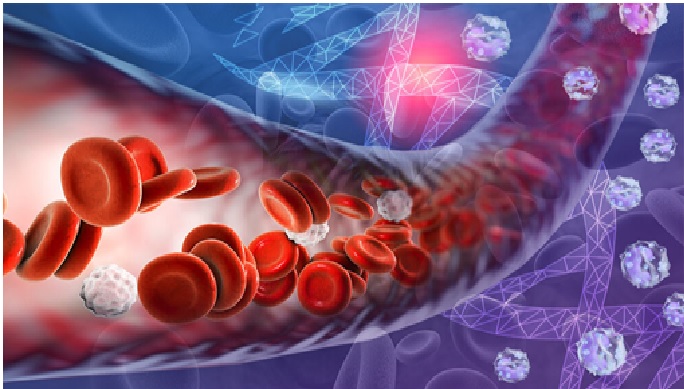Benefits of Hybridoma Technology
Hybridoma technology is a well-established method to produce monoclonal antibodies (mAbs) specific to antigens of interest. Hybridoma cell lines are formed via fusion between a short-lived antibody-producing B cell and an immortal myeloma cell. Each hybridoma constitutively expresses a large amount of one specific mAb, and favored hybridoma cell lines can be cryopreserved for long-lasting mAb production. As a result, researchers usually prefer generating hybridomas over other mAb production methods in order to maintain a convenient, never-ending supply of important mAbs. [1]
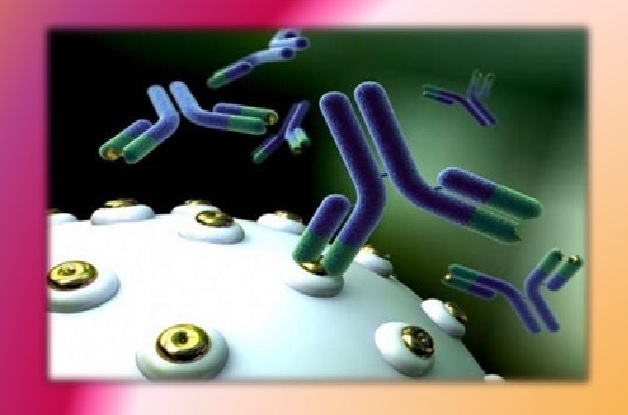
Figure 1. Benefits of hybridoma technology for in vivo applications
Figure 1 shows antibody reproducibility is key to both research and assay development. Time invested in the production of hybridomas yields key advantages for both researchers and producers alike. Once stabilized, hybridomas offer unlimited quantities of cost-effective, consistent, homogenized antibody production. Perfect for research, assay development and downstream research, diagnostic and therapeutic uses. [2]
Benefits of hybridoma technology for in vivo applications
Natural affinity maturation
Since hybridoma technology relies on mature B cells taken from secondary lymphatic organs, purified mAbs from these cells will have already gone through multiple stages of stringent genetic modifications within the host animal. Natural affinity maturation (AM) is a complex antibody refinement process that occurs within the germinal centers of the host animal. During AM, DNA encoding the variable regions of antibody chains are diversified via somatic hypermutation (SHM). Through SHM, mutations accumulate in the complementary-determining regions (CDRs) of the variable genes, and the tightest binders to the Ag are actively selected for, resulting in the production of antibodies with high affinity. In addition to SHM, several mammalian species (rabbits) and birds also undergo gene conversion (GCV).
Low level of immunogenicity
Since hybridoma technology depends on the immunization of a host animal, the generated high-affinity antibodies will possess natural pairing of variable light (VL) and heavy (VH) gene segments with a class-matched constant domain. During the process of humanization, all regions surrounding the CDRs are modified in order to reduce the chance of the antibody causing a negative immune response once inside a patient. Since the process of hybridoma-based mAb generation takes advantage of natural CDR development, there is very limited risk of those CDRs causing an immune response. In vitro methods, such as display libraries, can generate unnatural pairings of VH and VL and cause the resulting mAb to have high immunogenicity, especially after unnatural AM and recombinant pairing with a standard IgG backbone.
Constant domain activity
SHM and GCV improve antibody affinity within the variable region; however, the constant domain of the antibody also has to go through its own maturation process. Newly generated antibodies will generally be of the IgM isotype. In order to change their isotype, antibodies will go through class switch recombination (CSR), a process that facilitates isotype switching. IgG is the most common isotype used in biological research and drug development; however, CSR can generate antibodies from all five isotypes in order to ensure that the antibody is equipped with the necessary effector functions and different bio-distribution. [3]
References:
- https://www.sinobiological.com/resource/antibody-technical/hybridoma-technology
- https://insights.envigo.com/the-advantages-of-hybridoma-development-production-antibody-infographic
- https://www.future-science.com/doi/10.2144/btn-2019-0054
Cite this article:
Thanusri swetha J (2021) Benefits of Hybridoma Technology, AnaTechMaz, pp. 32


